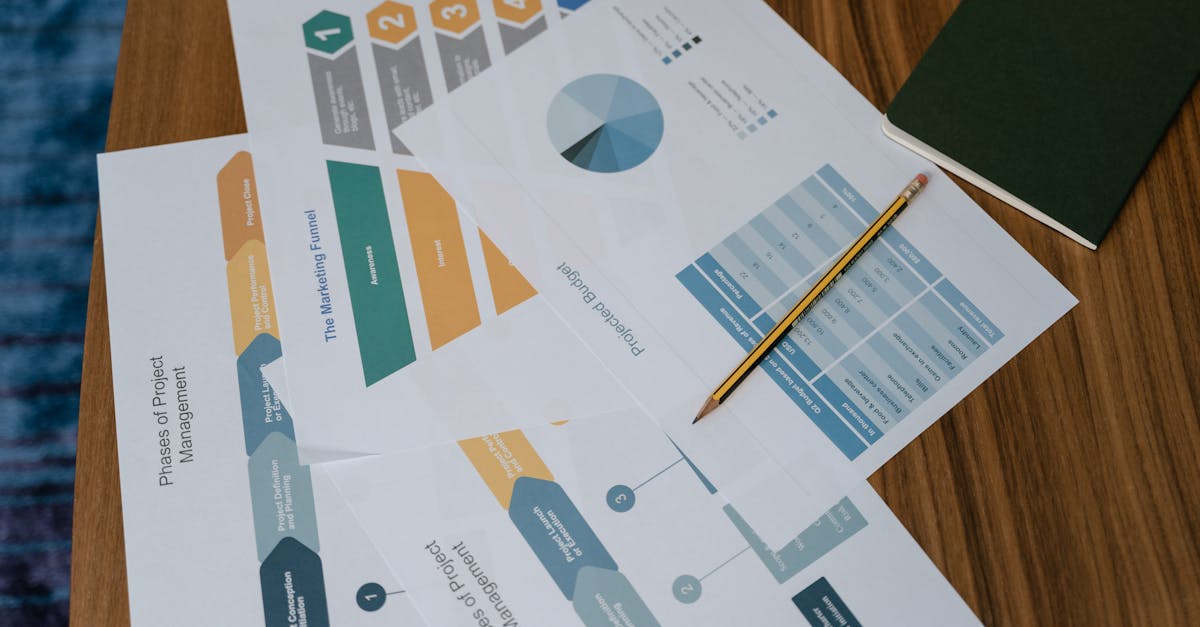
Introduction
Regulatory calendars are getting heavier while teams stay leaner: missed deadlines, inconsistent forms, and manual reconciliation are fast paths to extra review cycles — or worse, fines. Document automation and governed template libraries turn repetitive filings into data‑driven assets, reducing human error and compressing time‑to‑file. In a modern compliance workflow, the right software ties audit‑grade trails, SLA automation, and connectors into repeatable, auditable processes so your legal, HR and finance teams can act with confidence.
This guide compares the tools and template sets that matter in 2025 and shows what to evaluate next: must‑have features like audit trails and SLA automation, how templates cut reporting risk, common integration patterns (HRIS, CLM, finance), practical automated reporting examples (annual filings, DPA inventories, board disclosures), template governance for multi‑jurisdiction teams, and a vendor selection plus rollout checklist to get you live without chaos.
Must‑have features for compliance workflow software: audit trails, SLA automation, template libraries and connectors
Audit trails: Complete, tamper-evident logs for every action are essential for any compliance workflow. They support audit workflow requirements, create defensible evidence in investigations, and feed reporting engines for regulatory compliance workflow needs.
SLA automation: Automate service level agreements so tasks escalate and reminders trigger based on role and regulatory deadlines. SLA automation reduces manual chasing, shortens cycle times, and ensures consistent compliance management.
Template libraries: A managed library of approved templates (policies, disclosures, filings) speeds compliance process automation and reduces legal review time. Look for prebuilt templates for things like privacy policies and DPAs to accelerate time‑to‑file — for example, a reusable DPA template can be stored and referenced centrally (DPA template).
Connectors & integrations: Native connectors to HRIS, CLM, finance systems and reporting engines are critical. They let you feed authoritative data into forms and templates, automate data mapping, and keep audit records synchronized across systems.
Other practical features to evaluate
- Role-based approvals and segregation of duties to support governance risk and compliance (GRC) controls.
- Version control and sign-off workflows so every template change has an approver and a rationale.
- Searchable metadata and tagging for fast retrieval during audits and regulatory reporting.
- Compliance workflow automation capabilities that let you build conditional branching without heavy IT work.
How templates reduce regulatory reporting risk and speed time‑to‑file
Standardization lowers error rates. Approved templates encode legal language, mandatory fields, and validation rules so submitters can’t omit required information. That reduces review cycles and corrective filings.
Automation accelerates delivery. When templates are wired into a compliance workflow and connected to source systems, you eliminate copy/paste and manual reconciliation. This is compliance workflow automation in action — fewer handoffs, faster filings.
Prechecked controls and guidance. Good templates include inline guidance and built-in checks (date formats, numeric ranges, required attachments). That reduces reviewer time and regulatory reporting risk.
Practical examples
- Use a privacy policy template to ensure consistent disclosures across products (privacy policy template).
- Use a DPA template to centralize vendor privacy obligations and speed DPA inventories (DPA template).
- Use an annual report template to standardize data collection for filings and cut time‑to‑file (annual filing template).
Integration patterns: connect templates to HRIS, CLM, finance systems and reporting engines
Push vs pull integrations. Choose push (system sends events to the compliance workflow) when you need near real‑time updates, and pull (workflow queries source systems) for periodic batch reports. Both patterns are common in compliance management.
Canonical data model. Maintain a mapping layer so templates consume a consistent set of fields (employee ID, legal entity, contract dates, financial period). This reduces transformation logic and speeds integration.
Common connectors and use cases
- HRIS: Auto-fill employee attestations, background-check results, and termination dates into compliance forms for faster audit workflows.
- CLM (Contract Lifecycle Management): Link contract metadata (parties, effective dates, renewal clauses) into template-driven reviews and DPA inventories (DPA example).
- Finance/ERP: Pull general ledger segments and transaction summaries into annual or regulatory filings to eliminate manual reconciliations.
- Reporting engines / BI: Send consolidated submission status, SLA breaches, and audit trail extracts to dashboards for compliance monitoring tools and executive reporting.
Technical options: REST APIs, message queues, webhooks, and prebuilt connectors. For regulated environments, prioritize secure authentication, data encryption, and granular access controls.
Automated reporting examples: annual filings, DPA inventories and board disclosures
Annual filings. A compliance workflow can orchestrate data collection from finance, legal and business units, validate values against thresholds, and assemble a filing package (supporting schedules, sign-offs, audit trail). Using an annual report template reduces rework and shortens the filing window (example template).
DPA inventories. Automate vendor scans, ingest contract metadata from CLM, and populate a centralized DPA register. Scheduled reports can flag missing DPAs or expired safeguards and generate remediation tasks automatically (DPA template).
Board disclosures and governance packets. Pull approved board materials, resolution templates, and director attestations into a single packet with versioning and signatures. This reduces administrative overhead and ensures a complete audit trail for governance reviews (board governance template).
How automation improves outcomes
- Faster compilation and fewer errors via data-driven templates.
- Automatic escalation when SLA thresholds are missed, supporting compliance process automation.
- Consistent archival and retrieval of submission packages for audits and regulators.
Template governance and version control best practices for multi‑jurisdiction teams
Centralized library with delegated rights. Store approved templates in a central repository and delegate localized editing rights to regional owners. Every change requires metadata explaining the reason and legal owner.
Versioning and auditability. Use semantic versioning, require approval workflows for changes, and keep an immutable audit trail of who changed what and why. This supports cross‑border regulatory compliance workflows.
Localization and regulatory variance
Maintain a base (global) template and create jurisdictional branches for local legal language and filing requirements. Track differences explicitly so global updates can be merged safely.
Policy for retirement and exceptions
- Have a clear deprecation schedule and migration path when templates are retired.
- Manage exceptions with a documented approval process and time-bound renewals.
Tooling considerations: Look for template management features, branch/merge support, approval gates, and integrated audit trails. These reduce governance risk and make compliance workflow software fit for multi‑jurisdiction teams.
Checklist to select vendor + migration and rollout steps for legal/HR teams
Vendor selection checklist
- Core features: audit trails, SLA automation, template library, connectors, role-based access.
- Integrations: Prebuilt connectors or APIs for HRIS, CLM, ERP and reporting engines.
- Security & compliance: encryption at rest/in transit, SOC/ISO attestations, data residency options.
- GRC alignment: Compatibility with policy management software and audit management systems.
- Usability: Low-code workflow builder and compliance workflow templates for rapid deployment.
- Support & roadmap: Professional services for migration, clear upgrade and governance plans.
Migration & rollout steps for legal/HR teams
- Inventory: Catalog existing templates (policies, DPAs, board materials — e.g., DPA, privacy policy, board governance).
- Map: Match templates to the new data model and identify required integrations (HRIS, CLM, finance).
- Pilot: Run a pilot with a high‑value workflow (annual filing or DPA inventory) to validate connectors and SLAs.
- Migrate: Move templates into the governed library with version history and approval workflows enabled.
- Train & communicate: Deliver role‑based training for legal, HR, and business owners; publish quick reference templates.
- Go‑live & monitor: Launch in phases, monitor SLA breaches and audit logs, and iterate based on operational metrics.
Following this checklist will minimize disruption and ensure your compliance management and compliance automation initiatives deliver measurable risk reduction and faster time‑to‑file.
Summary
In this guide we walked through the capabilities that matter in 2025 — tamper‑evident audit trails, SLA automation, governed template libraries, and the connectors that keep HRIS, CLM and finance data aligned. Templates and document automation reduce review cycles, prevent omissions, and turn repetitive filings into auditable assets that save legal and HR teams time while lowering regulatory risk. If you’re responsible for a modern compliance workflow, follow the vendor checklist and pilot steps here to get live without chaos. Ready to explore templates and tools? Start at https://formtify.app.
FAQs
What is a compliance workflow?
A compliance workflow is a repeatable process that collects, validates, and submits the information required to meet a regulation or internal policy. It ties roles, approvals, templates and audit trails together so tasks happen on schedule and evidence is preserved for regulators and auditors.
How do you create a compliance workflow?
Start by mapping the regulation or policy requirements, identifying owners and data sources, and choosing templates that enforce required fields and validations. Then wire those templates into an automation platform with role‑based approvals, SLA rules, and integrations to source systems before piloting and iterating.
What tools are used for compliance workflows?
Teams typically use document automation and template libraries, workflow builders with SLA automation, audit‑grade logging, and connectors to HRIS, CLM, finance and reporting engines. In regulated environments, look for platforms that offer APIs, prebuilt connectors, and strong security controls like encryption and access segmentation.
How does automating compliance workflows reduce risk?
Automation standardizes required fields, runs built‑in validations, and eliminates error‑prone copy/paste work, which cuts review cycles and corrective filings. It also enforces SLAs, creates immutable audit trails, and surfaces gaps (missing DPAs, expired controls) so teams can remediate proactively.
What’s the difference between a compliance workflow and an audit workflow?
A compliance workflow is an operational process designed to prevent non‑compliance by automating collection, approvals and filings on an ongoing basis. An audit workflow is a retrospective review that inspects evidence, tests controls and reports findings; audit workflows often consume the outputs (logs, templates, filing packages) created by compliance processes.





